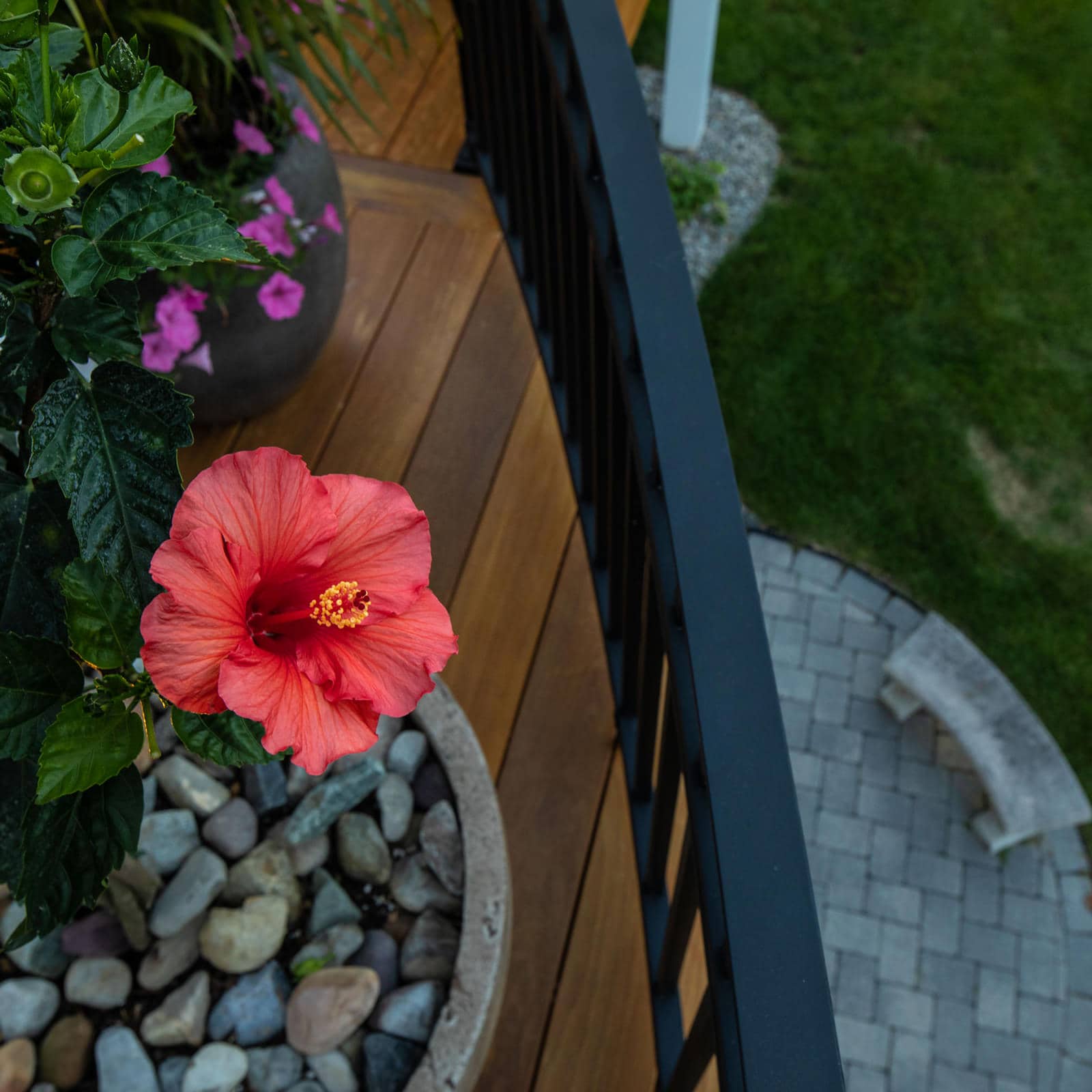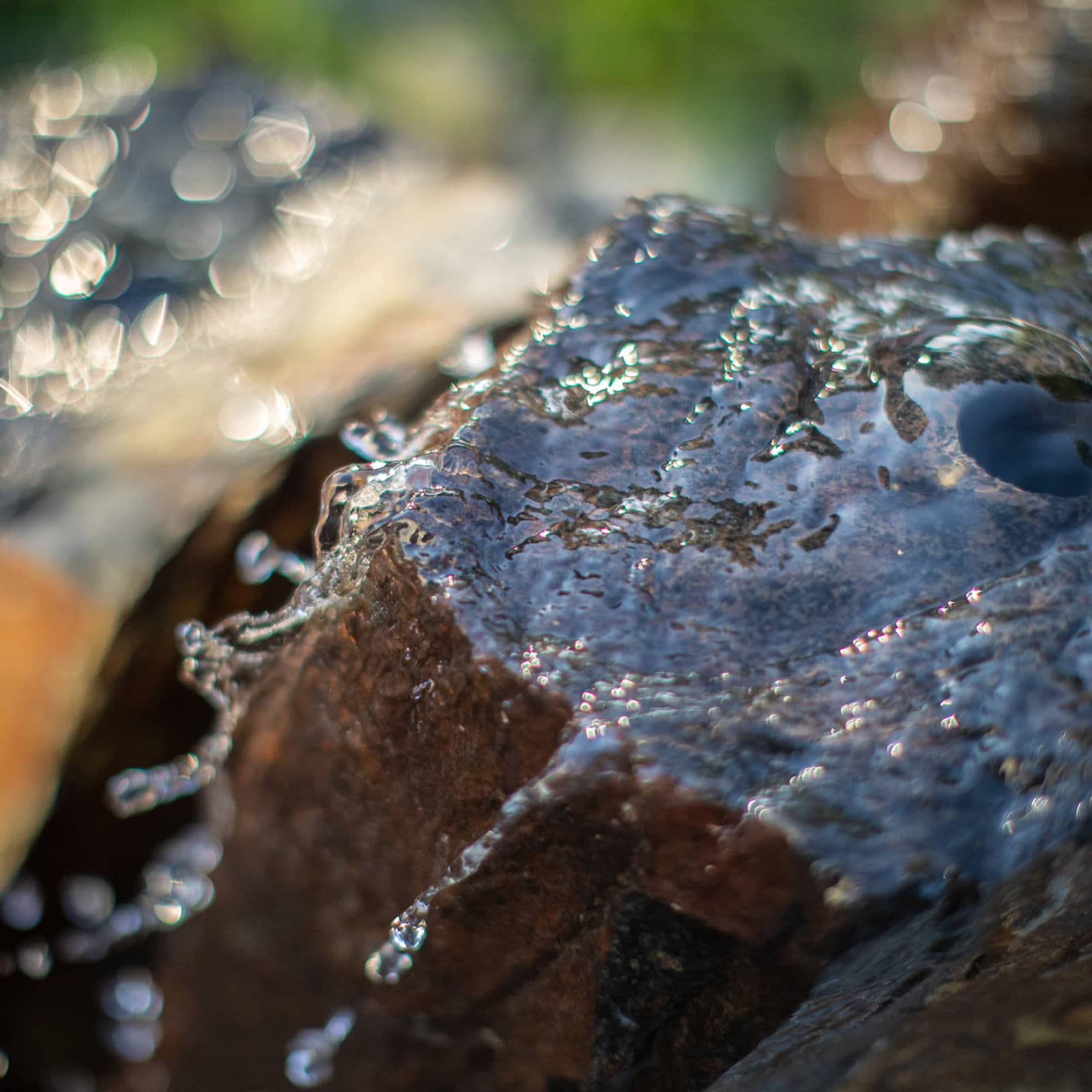Fa-la-la-la-la…La-la-la…Fir!
Posted December 8, 2016 in Blog, Plant and Tree
The weather might not be screaming December, but every radio station and the street-corner bell ringers say different. We may not have snow yet, but the holiday season is upon us, which means one thing; IT’S TIME TO GET THE TREE!
Most families have their own traditional variety of tree they cut down every year, but the truth is, there are so many varieties of holiday trees it might pay to explore! Holiday trees can be anything from dark green to green-silver, from stiff and prickly to smooth and wispy…but truth be told, the fir variety seem to be the trees of choice. Out of the 50+ types of fir trees on the planet, here is our list of the top few to bring inside to decorate to your heart’s content!
Noble Fir, Abies Procera
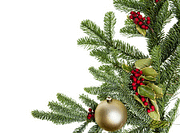
Concolor Fir, Abies Concolor
Native to the western United States, the concolor fir 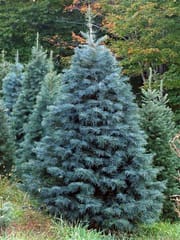
Fraser Fir, Abies Fraseri & Balsam Fir, Abies Balsamea
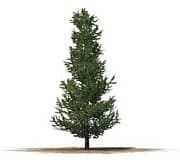
Douglas-Fir, Pseudotsuga Menziesii
Ahh, the Douglas-fir…the tree of mystery. 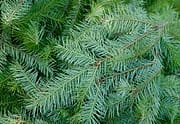
On average, it takes about 15 years to grow a tree of 6-7’ in height, so this holiday season, take a step back and truly appreciate the beauty in the tree stand in front of you, as well as the blessings that have graced you this year. Wishing you peace and joy this holiday season, and an amazing new year!
Happy Holidays from your friends at MasterPLAN Landscape Design!
Join Our Newsletter
Stay up to date with what is happening with MasterPLAN Outdoor Living.
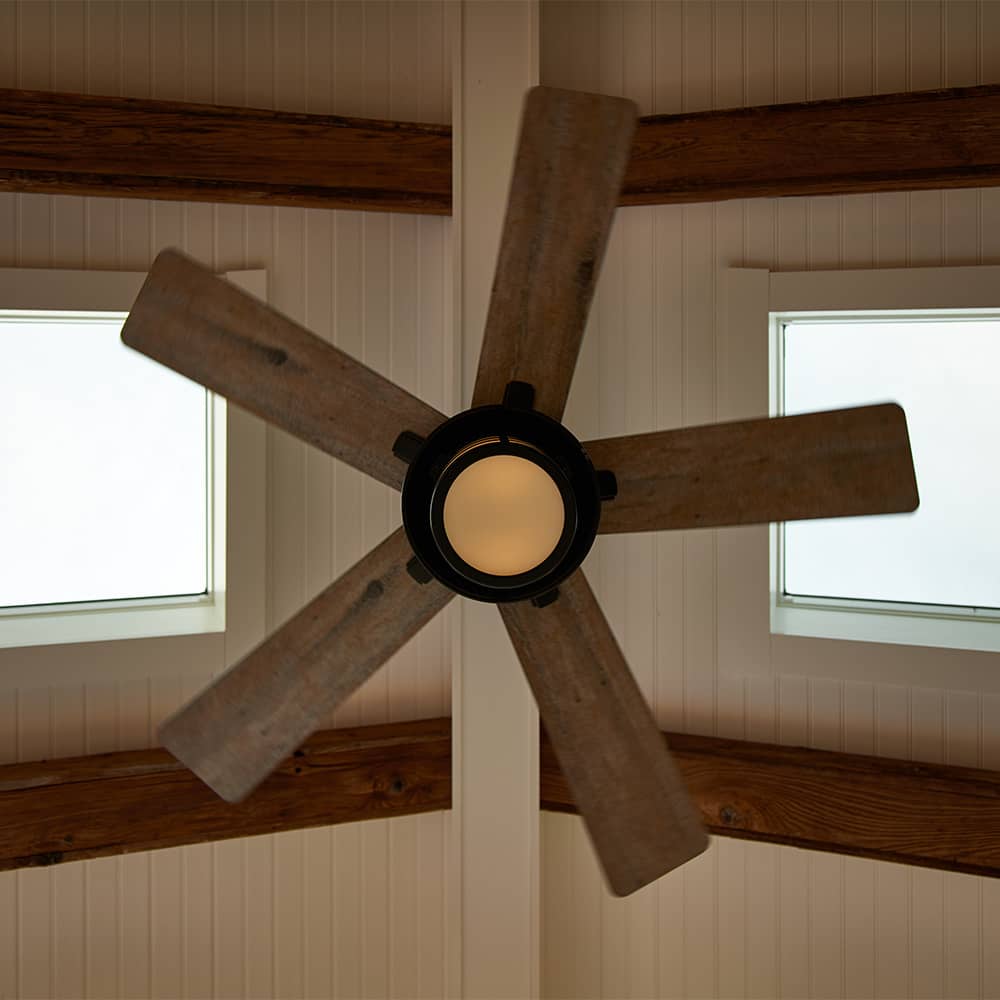
Every MasterPLAN project includes exceptionally creative design, unmatched craftsmanship and precise execution. This is our promise to you!
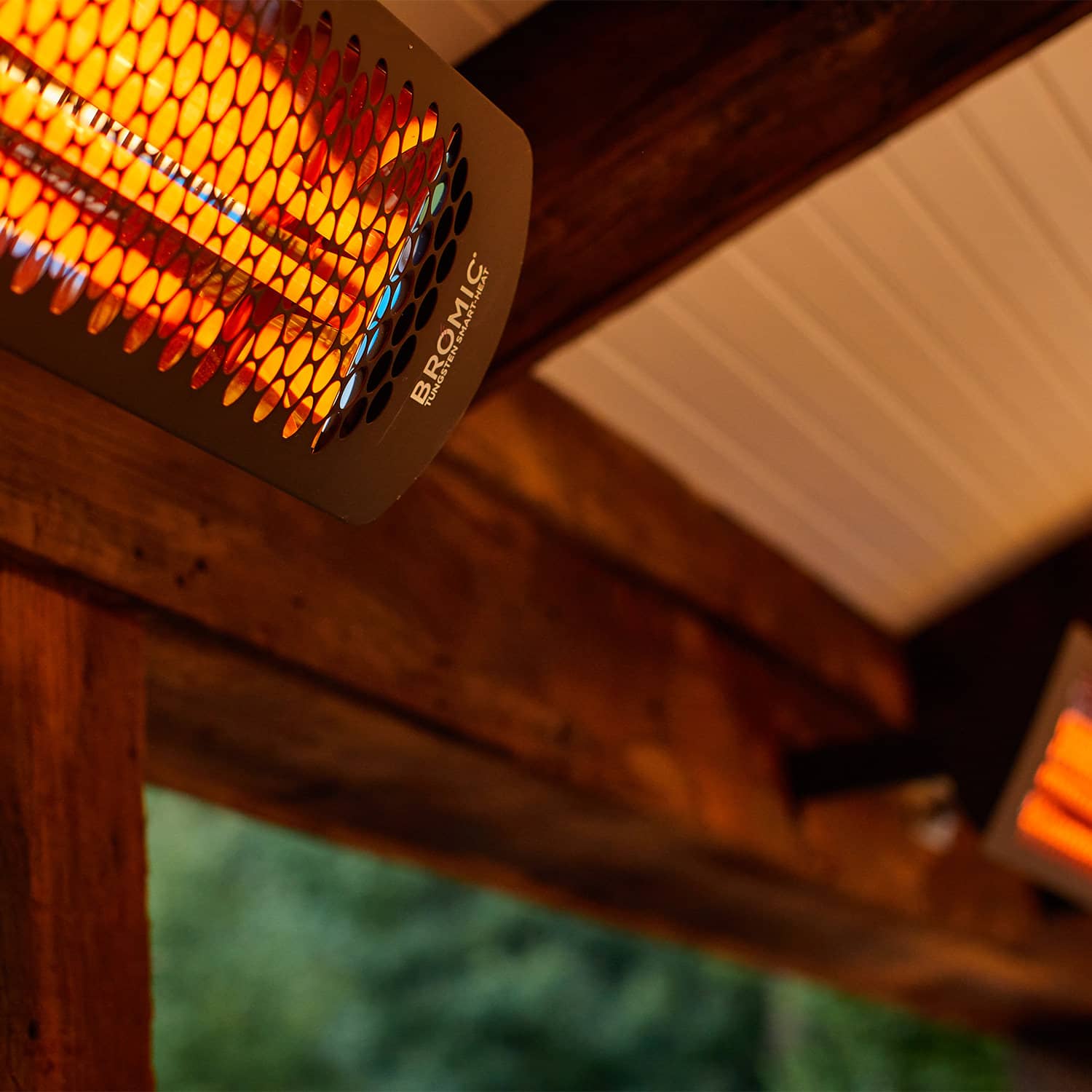
Bromic heaters are an aesthetic and effective way to heat outdoor living spaces, gaining 2 extra months in the spring and fall for comfortable outdoor enjoyment
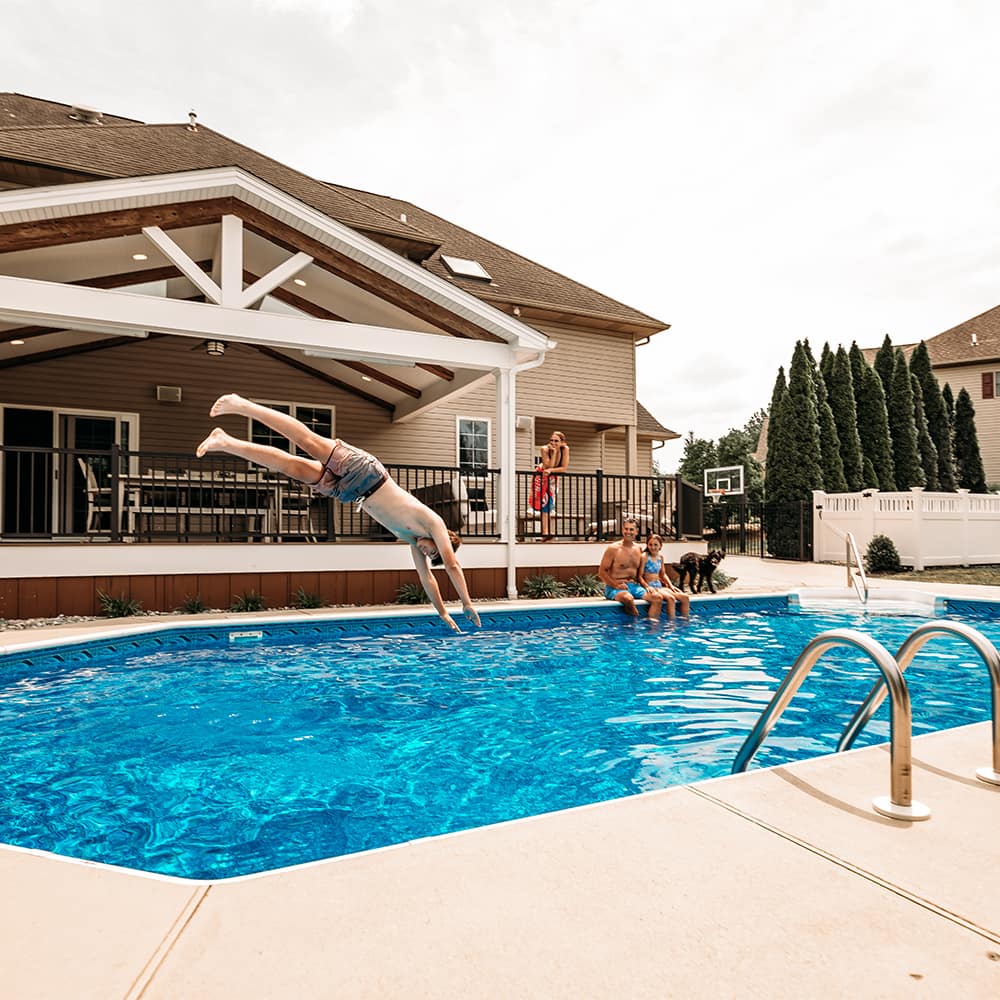
MasterPLAN can help design and install your perfect pool and surrounding outdoor living space in the Lehigh Valley through the Main Line of Philadelphia!
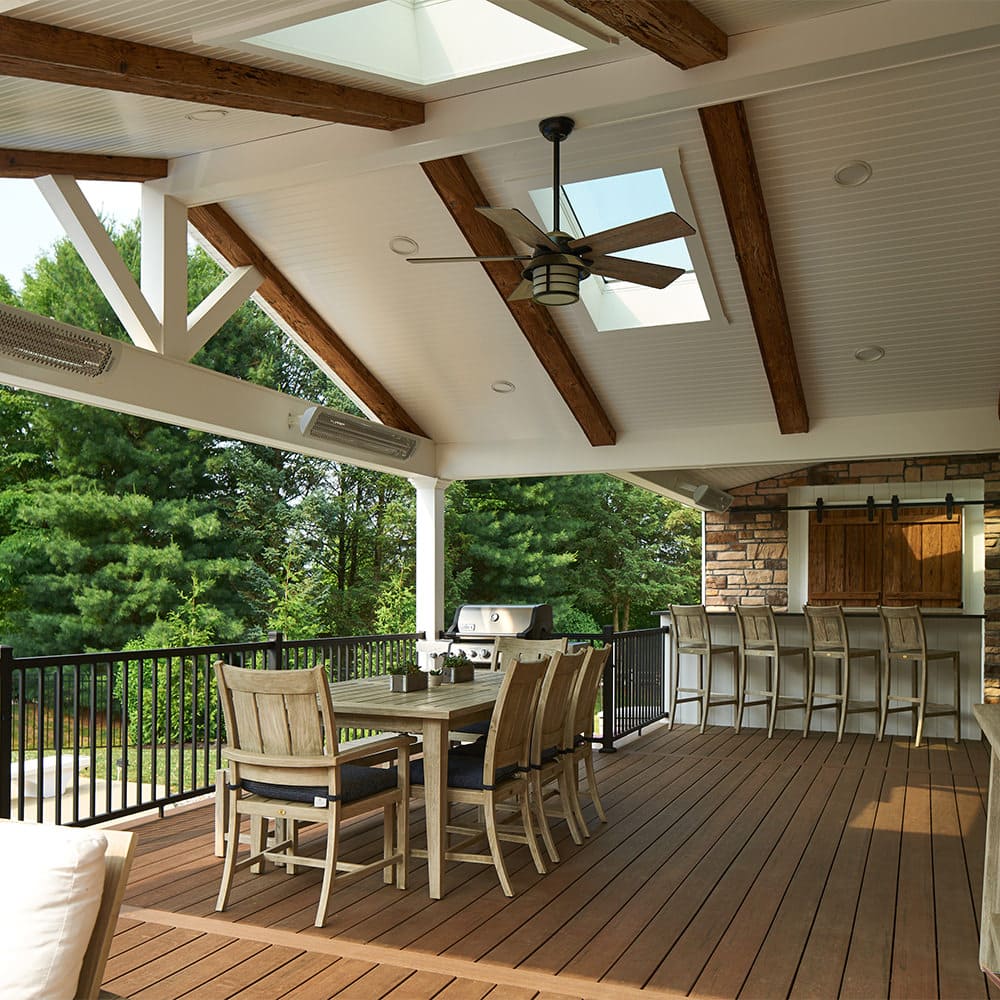
Open roof gables paired with strategically placed skylights allow this outdoor living space to be light, airy and bright!

Details. Details. Details!
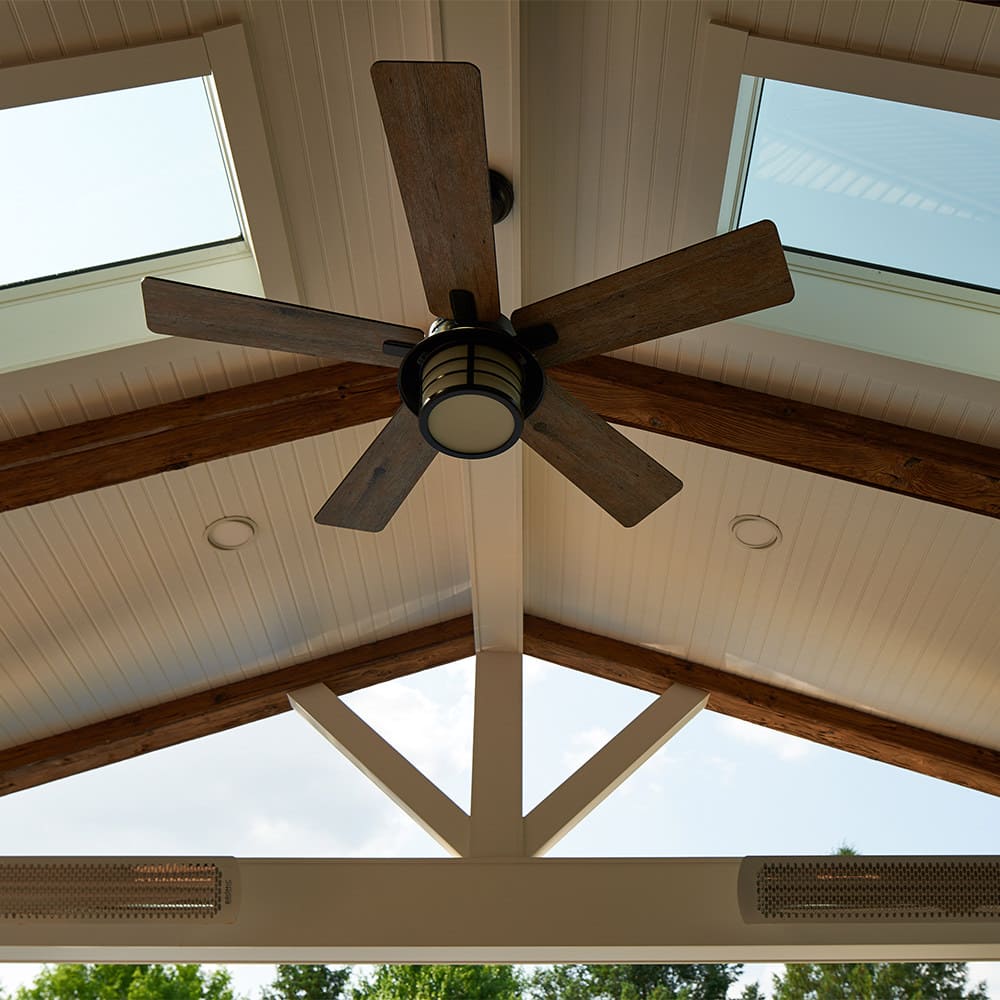
A beautiful balance between the barnwood clad beams and ceiling fan against the crisp, clean, white Azek and tongue & groove ceiling provide a modern rustic feel to this outdoor living space.
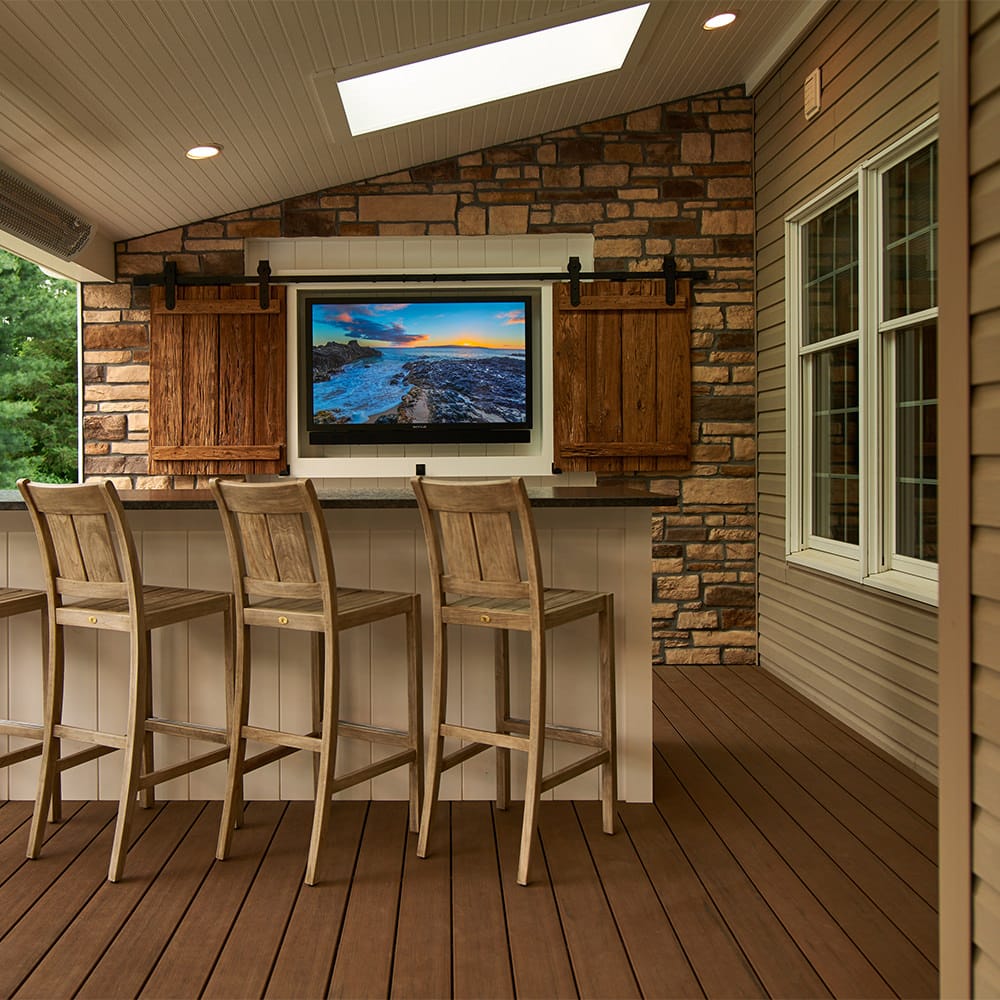
This feature wall creates privacy from the neighbor and doubles as the entertainment hub of the deck! The barnwood, stone veneer and metal accents complement each other in a timeless harmony.

The way the sunset reflects off this custom overflow spa makes the water look like a sheet of glass! Perfection.





